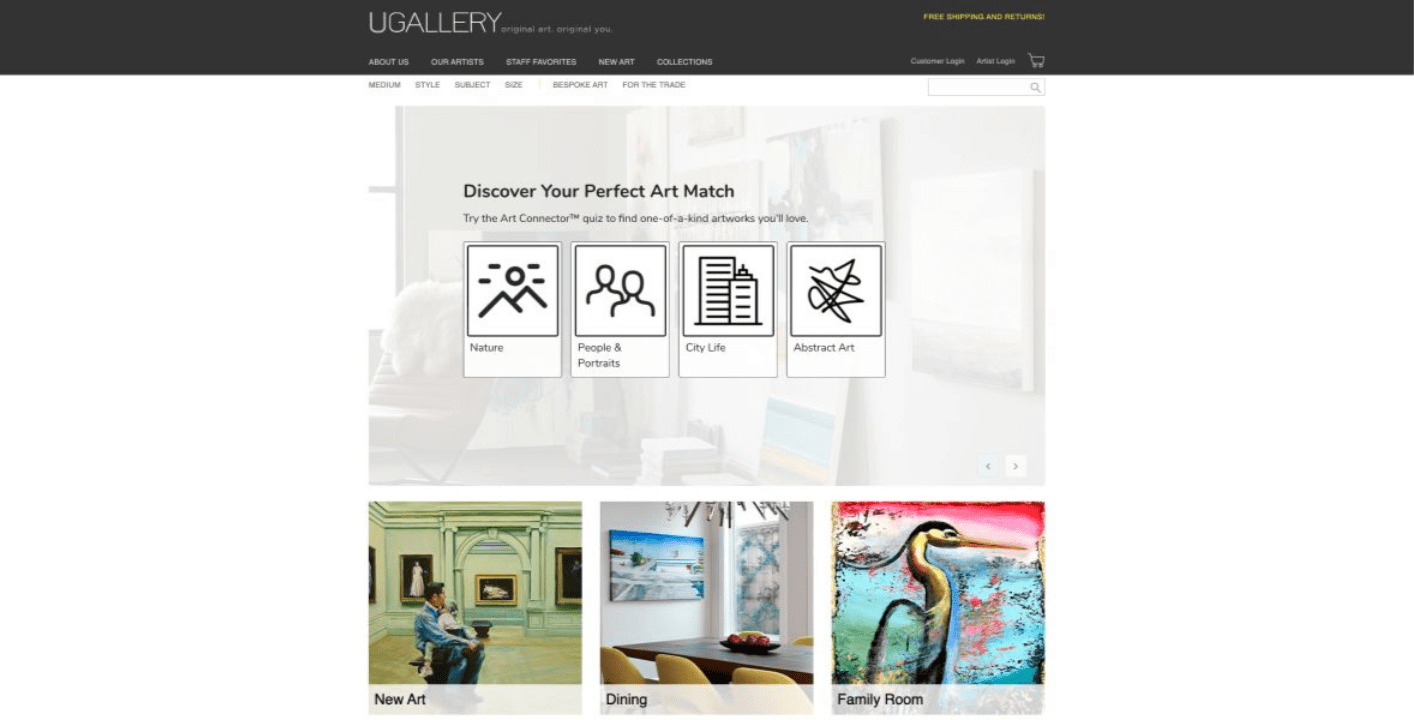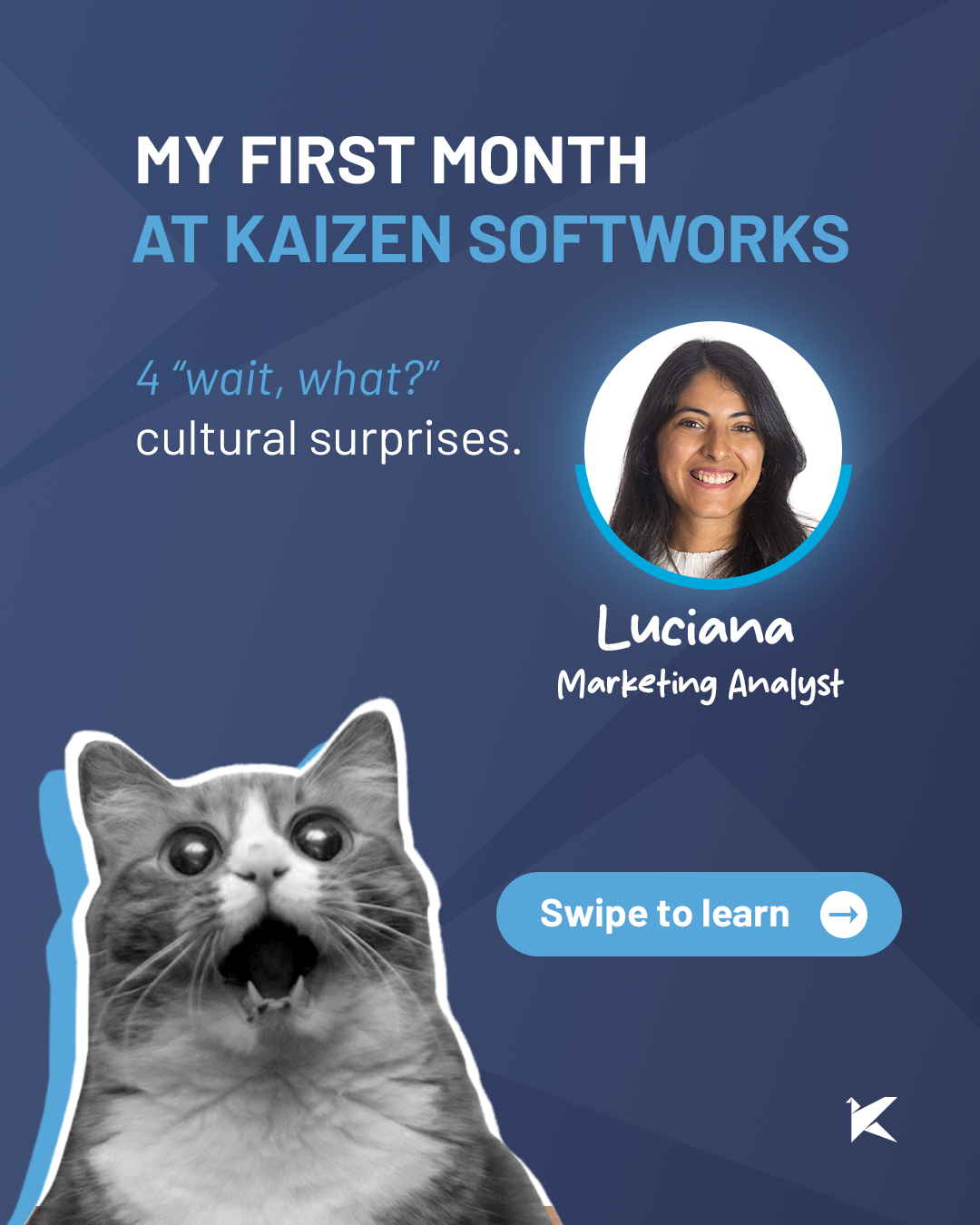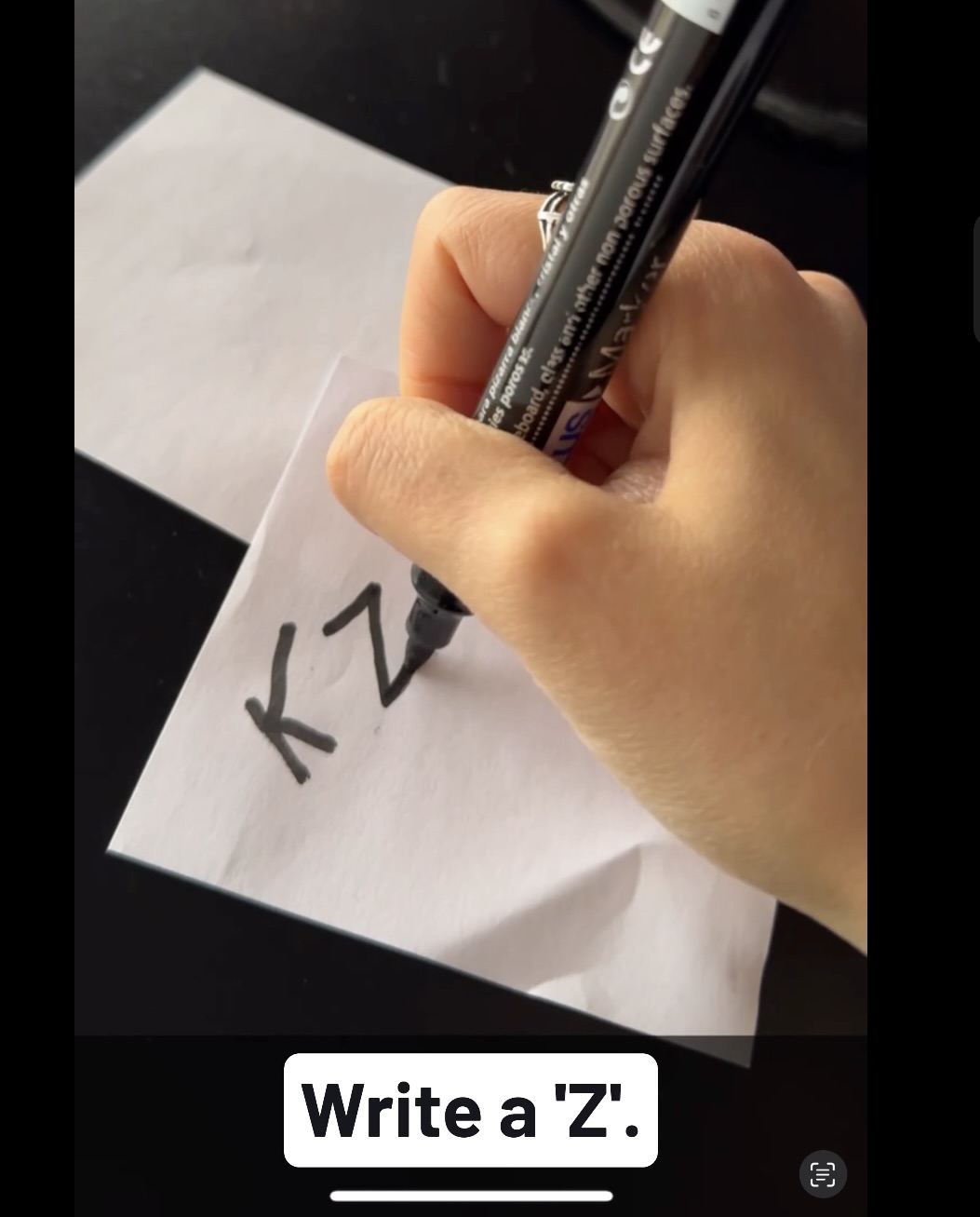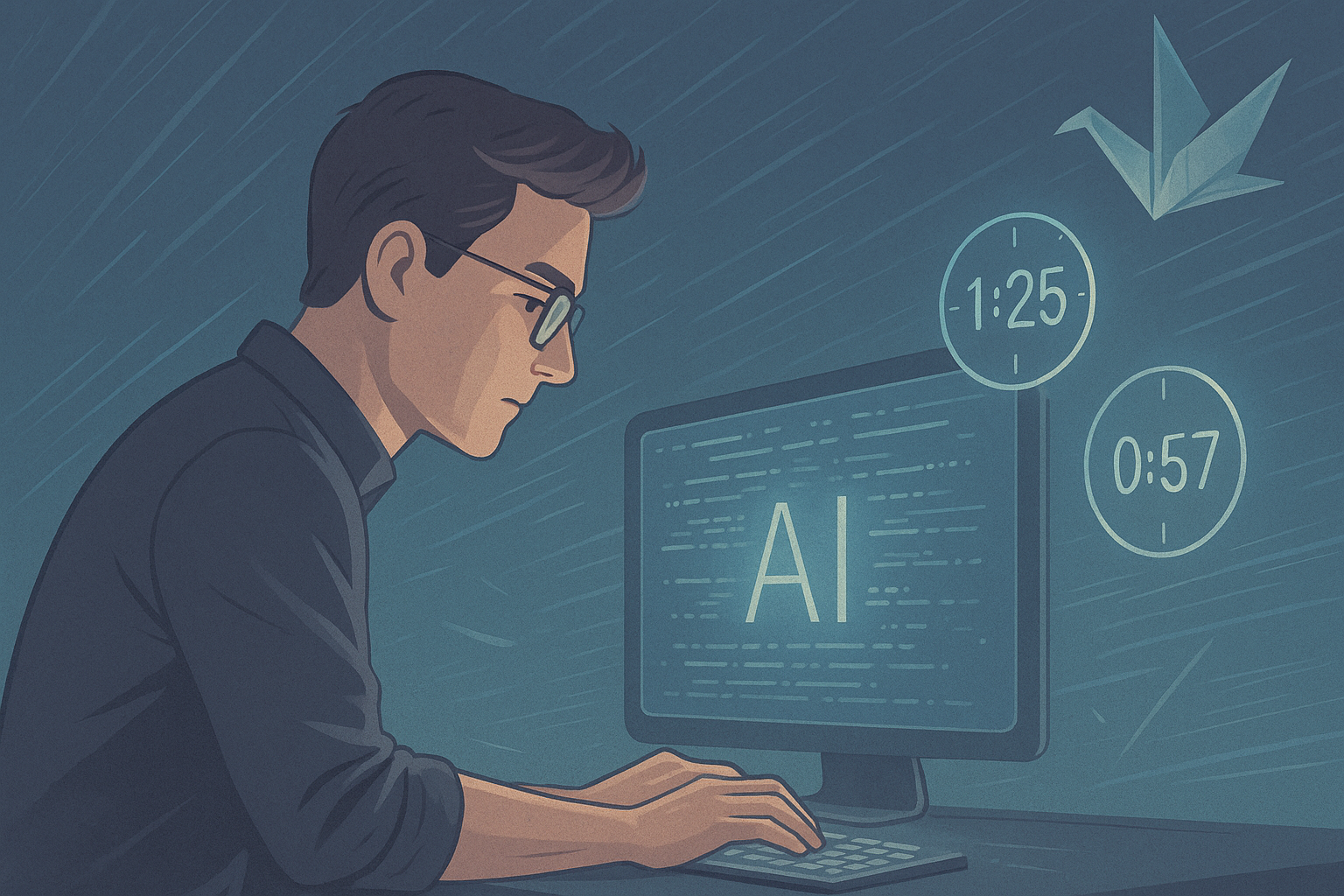We believe in doing things the right way, and we want to make sure our partners know that. That’s why we live and breathe transparency as one of our main corporate values – even if it means saying no to opportunities.
In this post, we will present you with a Product Discovery case with a pretty unusual outcome. Keep reading to find out why we lost a project but ended up gaining a friend.
About UGallery
UGallery is an eCommerce platform founded in 2006, that connects artists directly with collectors on its website. Headquartered in San Francisco, CA, UGallery positions itself as an approachable and convenient alternative to the brick-and-mortar contemporary art gallery.
This platform allows artists to submit their artwork, and after a strict admission process carried out by the UGallery team, the artwork gets published in their e-commerce platform allowing people from all over the world to buy fine art.
Product Discovery
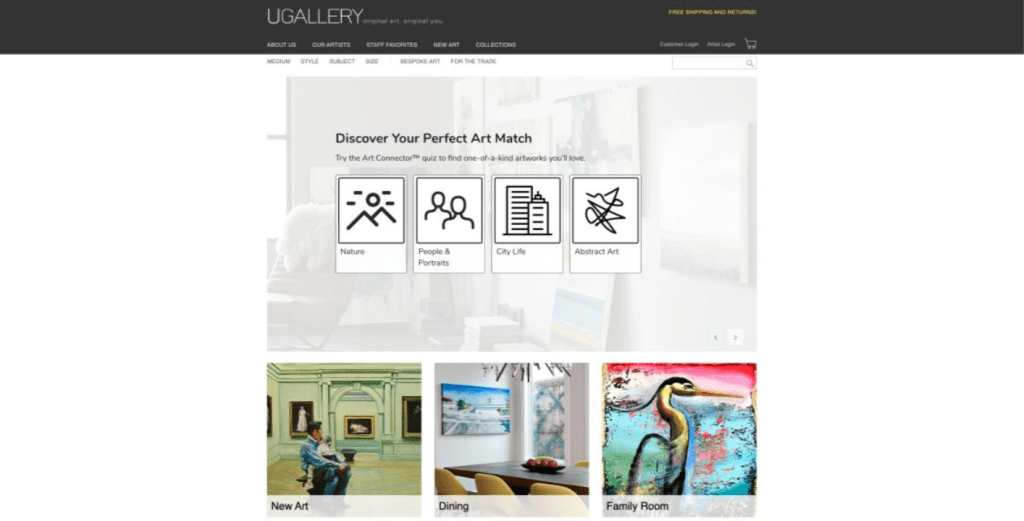
When UGallery first approached us, they were looking to improve their eCommerce platform but had the challenge of taking care of their profitability too, as each enhancement or modification to the platform implied the concentration of large resources (time and money), making it difficult to accurately estimate plans for the future.
Faced with this challenge, UGallery was concerned about their current development velocity, processes, forecasting abilities and robustness of their product. They thought that the solution would come by approaching a recommended software partner who is familiar and experienced with the technologies that compose their systems.
Our team investigated the root of their problem and we sought to understand whether the approach they considered the most appropriate was actually the most suitable solution based on the problem. Therefore, we investigated the history of UGallery and inquired about the specific pains they were experiencing.
Following a technical deep dive, we conclude that their productivity problems and system weaknesses could not be avoided just by partnering with someone experienced in their tech stack. Their codebase reflected over 2 decades of development with many code smells, moreover some technologies were already obsolete.
Despite our willingness to help, we knew that taking over the development of this platform would not change the experiences they were having. As tech debt grows, predictability, quality and velocity are taxed. When it is not properly managed, the expected return on investment for each development initiative decreases because the cost of maintenance gets higher. Hidden costs emerge, and the system becomes fragile.
After this analysis, we saw no real gain in transferring software development to us. Moreover, the learning curve costs of getting up to speed with non-standard development practices, and getting up to date with outdated technologies would be too high. And, in order to solve technical debt problems in an efficient way they would have to invest in rebuilding the software from scratch, since the cost of paying off tech debt within the current system was higher than rewriting the system.
As a result of this first consultation, UGallery could have a better picture of what was the root of their problem, and they decided not to proceed with the migration at that time, because they were not prepared money-wise.
A year later, UGallery returned to us with the idea of building a software from scratch as a solution to its problems of technical debt and platform scalability.
In order to successfully address their challenge, we stated that it was necessary to take a few steps back from the solution and understand whether a rewriting of Ugallery’s platform could solve the problems they were encountering or not. In other words, before putting hands on the rewriting, it was essential to understand what changes needed to be made and why.
Given this, our team understood that there were three possible solutions and divided the research tasks into the following lines:
- Explore a pre-built solution. Our team worked on the analysis of a specific pre-built solution to identify which mix of its plus ‘N’ number of plugins on the market were close to all UGallery’s needs.
- Explore other eCommerce frameworks. This would save implementation costs in all those submodules that are common to almost any e-commerce platform.
- Custom software development. Understand what they wanted to replicate from their current platform, the particularities of it and what would be the cost of migrating to a new system.
After investing over a month of work on identifying the scope of the project and working on a proof of concept, we found there was a high percentage of Feature Parity with a pre-built solution.
So, the best option for this client was to apply a pre-built solution, covering almost everything of what UGallery needed, instead of a custom software development solution.
This provided the client with a number of advantages:
- Development cost reduction, making it 10 times cheaper to implement than custom software development.
- High fidelity platform and tools recommendation with millions of active users.
- Simpler and faster deployment system.
- Extensible solution through both custom and third-party add-ons.
- Possibility of implementing easy changes in real time without the need to know how to program.
Faced with this situation, our team had to discuss what we were going to do, since this result could imply not selling our services. We met internally and decided to give the customer a demo of the research findings to understand whether or not the customer would go ahead with this solution.
This was a tough decision and was very strongly debated. But it was also a values-based decision—we didn’t want UGallery to spend the time and money it takes to build a custom solution when there are already tested SaaS solutions available that could do the work.
Here’s what Alex Farkas, founder of UGallery said about us:
“I would like to share a few words of genuine praise for Kaizen. Since launching our online art gallery in 2006, we’ve worked with seven dev shops in four countries. We’ve had mostly positive experiences, however, these external teams generally focused on individual tasks and features.
Big picture planning and particularly cost/benefit analysis of our projects wasn’t usually considered, and my partners and I became accustomed to this. Then we met the Kaizen team. We approached them because our codebase was old and becoming difficult to debug and add new features. Kaizen did a very deep study of both our business model and code and came up with several ideas for moving into the future. They listened to our needs and understood the big picture.
Here’s the most amazing part – in the course of their research, they determined that our best course of action was a SaaS solution that they didn’t offer. And they were right. Choosing this path has saved us considerable time and money. Instead of trying to sell us on something they could do, they gave us expert advice. In all of my years in business, this is one of the most memorable experiences of integrity and technical know-how. We were first referred to Kaizen by an acquaintance who spoke very highly of their team. And now I am happy to pass on the referral. This is how business should be done”.
Conclusion
We can finally say that we’ve made our contribution to UGallery. Through our Product Discovery process, we provided quality information to determine which solution best served our partner’s needs, in terms of efficiency and profitability—and that’s what really matters. It’s not about closing deals; it’s about building trust and putting the interests of our clients before those of our company to provide differential value.
This serves as an example of why we believe in doing things the right way. We are committed to building long-term relationships with our partners, through an honest and trusting approach. It’s also why we value transparency and open communication, so we can make sure both parties are on the same page and no one feels misled or taken advantage of during their project’s lifecycle!
What we learned from this experience? That there is a lot more than just the technical stuff behind collaboration and innovation. It’s about understanding each other’s needs and goals, being open-minded and flexible when it comes to solutions, respecting people’s time, being honest when you don’t know something or being humble enough to say “we’re not the right partner for your needs” … in short: being human!

